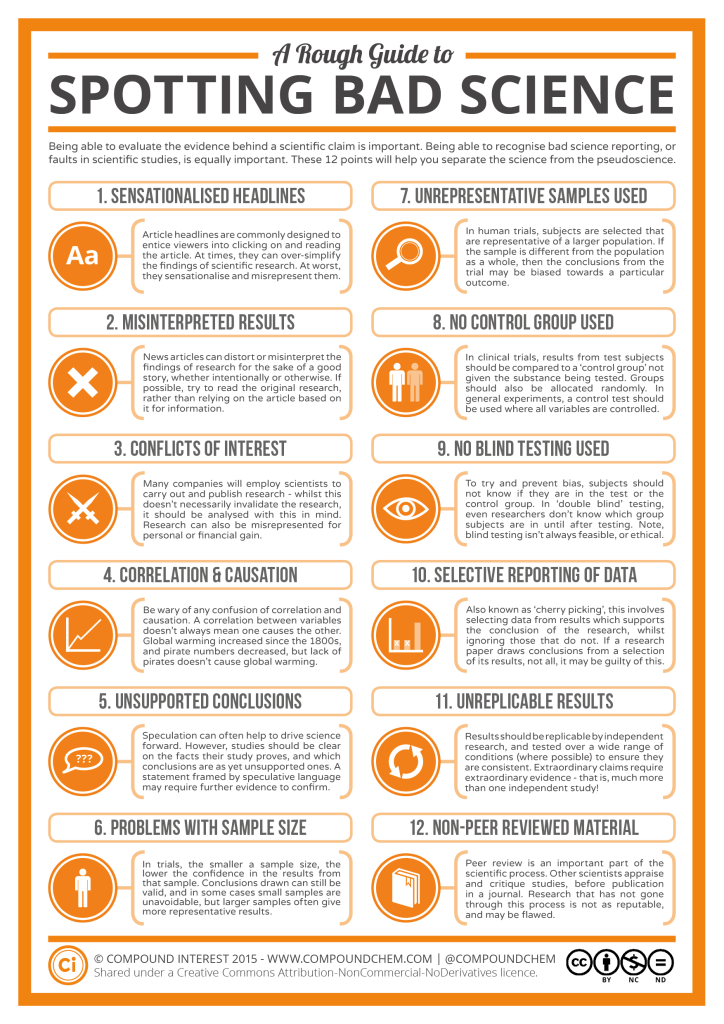Nursing Research (NRSG 3883)
Collection Services Librarian

Linscheid Library,
Room 206
acrutchfield@ecok.edu

Four Moves and a Habit
In an effort to prevent the continued spread of disinformation, Michael Caulfield recognized our shared information ecosystem is polluted and in desperate need of "information environmentalism," which encourages consumers and producers to work collectively to "clean up" the online environment by diligently fact-checking all information encountered before sharing it.
His suggestions are as follows:
- Check for previous work: Has a fact-checking organization already investigated the claim?
- Go upstream to the source: Find and evaluate the original source .
- Read laterally: Read other sources on the topic. Do different sources agree? What are the opposing viewpoints?
- Circle back: Research is iterative. When you hit a roadblock, start over and with your previously gathered knowledge, you may come to a different conclusion.
Habit: Check your emotions
If a resource evokes a strong emotion (happiness, anger, sympathy, etc.), be sure to fact-check the source. Be on the look out for any emotions that are causing you to have bias.
From: Caulfield, Michael. Web Literacy for Student Fact Checkers. Ebook, 2017. PressBooks, https://webliteracy.pressbooks.com/. Accessed 15 October 2018.
Fact Checking Information
Have you noticed that the internet is cluttered with bad information? Help clean it up by fact-checking information before you share!
SIFT Method
- Stop: If a resource evokes a strong emotion (happiness, anger, sympathy, etc.), fact-check the source. Be on the look out for any emotions that are causing you to have bias.
- Investigate the source: Learn more about the creator of the information. Has a fact-checking organization already investigated the claim?
- Find better or other coverage: Read other sources on the topic. Do different sources agree? What are the opposing viewpoints?
- Trace back to the original context: Pictures, videos, quotes, etc. can be clipped and taken out of context. Find the original source and look at the full story.
From: Caulfield, Michael. Web Literacy for Student Fact Checkers. Ebook, 2017. PressBooks, https://webliteracy.pressbooks.com. Accessed 15 October 2018.
Evaluating Science Research
There are a lot of pitfalls that people can fall into with scientific data. Below are some links about how to determine if the information you're reading is accurate or not.
-
Piled Higher and Deeper: The Science News CycleThis comic satirizes the journey from scientific research results to news articles (Opens a new tab).
-
Spotting Bad Science
 Infographic highlighting tips for evaluating scientific research. Credit: Compound Interest, compoundchem.com (Opens a new tab).
Infographic highlighting tips for evaluating scientific research. Credit: Compound Interest, compoundchem.com (Opens a new tab).
- Last Updated: Oct 17, 2025 1:03 PM
- URL: https://ecok.libguides.com/nrsg_3883
- Print Page
Powered by Springshare. All rights reserved.



